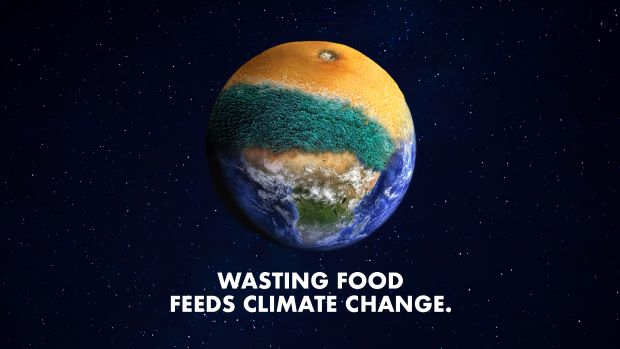What is a MRF?
A MRF is a fundamental component in the municipal (household) and commercial waste recycling journey. An acronym for Materials Recycling Facility, a MRF is a processing plant for recyclable material. The MRF receives commingled recycling collected from homes and businesses across the country and uses a combination of mechanical and technical equipment to separate the recyclates (recyclable materials) into single material streams in preparation for shipment to market.

MRFs vs Super MRFs
MRFs come in various sizes and capacities, from smaller MRFs processing a few hundred tonnes per week to ‘Super’ MRFs like Biffa’s Edmonton facility, which processes thousands of tonnes per week. Biffa currently has five MRFs within its infrastructure including Edmonton, the UK’s second-largest Material Recycling Facility. Edmonton ‘Super’ MRF spans over 35,000 sq. m operates 24/7, employs over 340 staff across four shifts and processes 5,200 tonnes of waste a week into high-quality products for the end market.
Edmonton MRF has over 1,500 vehicle movements a week and accepts waste from across the UK. Inbound waste is primarily made up of recycling kerbside collections from the two million residents living in the North London Waste Authority (NLWA) area. Typical recyclate brought to the ‘Super’ MRF includes everyday household recyclable packaging such as aluminium and steel cans; plastic bottles, pots, tubs and trays; glass bottles; paper and card.
How a Material Recycling Facility Works
Before entering Edmonton MRF, all recycling is weighed at the weighbridge and then unloaded to the tip floor ready for processing. A quality team inspect the recyclables, with any heavily contaminated loads rejected. Commingled material is dropped into large feed hoppers which regulate the density of the material on the conveyor before transporting the contents up to the process plant for sorting. From there, the waste goes to a pre-sort station, for removal of any general waste, or other unaccepted materials.
Mechanical separation equipment takes over extracting paper, card and glass. The remaining materials, plastics, aluminium and cans will then be separated into its product streams by a series of aluminium eddy currents, over-band magnets and a further series of automated optical sorters to remove various plastics. The separated materials can then be baled and transported for further processing if needed; for example, milk bottles are sent to Biffa Polymers to be treated and turned into food-grade plastic pellets used to make new milk bottles. Discover more about The Life Of A Plastic Milk Bottle and its journey through Biffa Polymers. Any non-recyclable material will be transported to EfW facilities to generate energy. Whatever the material, everything that comes through Edmonton MRF leaves as a usable product.
Why MRFs are an integral part of the recycling journey
Single stream recycling collections for households are both impractical and costly, think about having a separate bin for each type of packaging – glass, plastic, card, and metal. As well as avoiding the adverse effects on the environment due to transporting and processing each material separately, a commingled collection enables large volumes of recycling to be processed together without compromising on quality. A ‘Super’ MRF, such as Edmonton has the capacity and equipment for commingled recycling in large areas such as London to work effectively, minimising vehicles on the road and reducing costs to local authorities.
Edmonton processes 100% of recycling, which is then either traded on the commodities market or transported to further recycling facilities within the Biffa network for value enhancement, with the remaining small fraction used as fuel for energy.

Problems impacting MRFs
Material Recycling Facilities receive a variety of unwanted and unrecyclable items such as nappies, feminine hygiene products, textiles, large objects, garden or food waste and general waste. These contaminants have to be extracted from the recyclable materials to ensure our quality standards are maintained. Such problems are intensified in the wake of expanding market competition and the increasing demand for quality standards.
Edmonton received a £5.5m investment in 2017 to further improve the quality of output materials to meet the demand of legislative requirement’s and buyer’s specifications. As quality levels continue to change, it’s imperative to maintain and enhance the end product by reducing contamination from households and businesses.
NWLA and Biffa recently launched ‘Bin your nappy’ campaign to educate London households on the effects of contamination by putting nappies in household recycling. Biffa will continue working with its partners to inform and assist the public on the importance and benefits of recycling correctly.








Subscribe for free